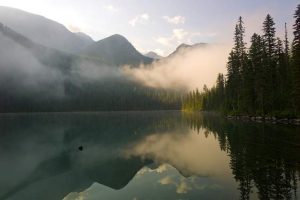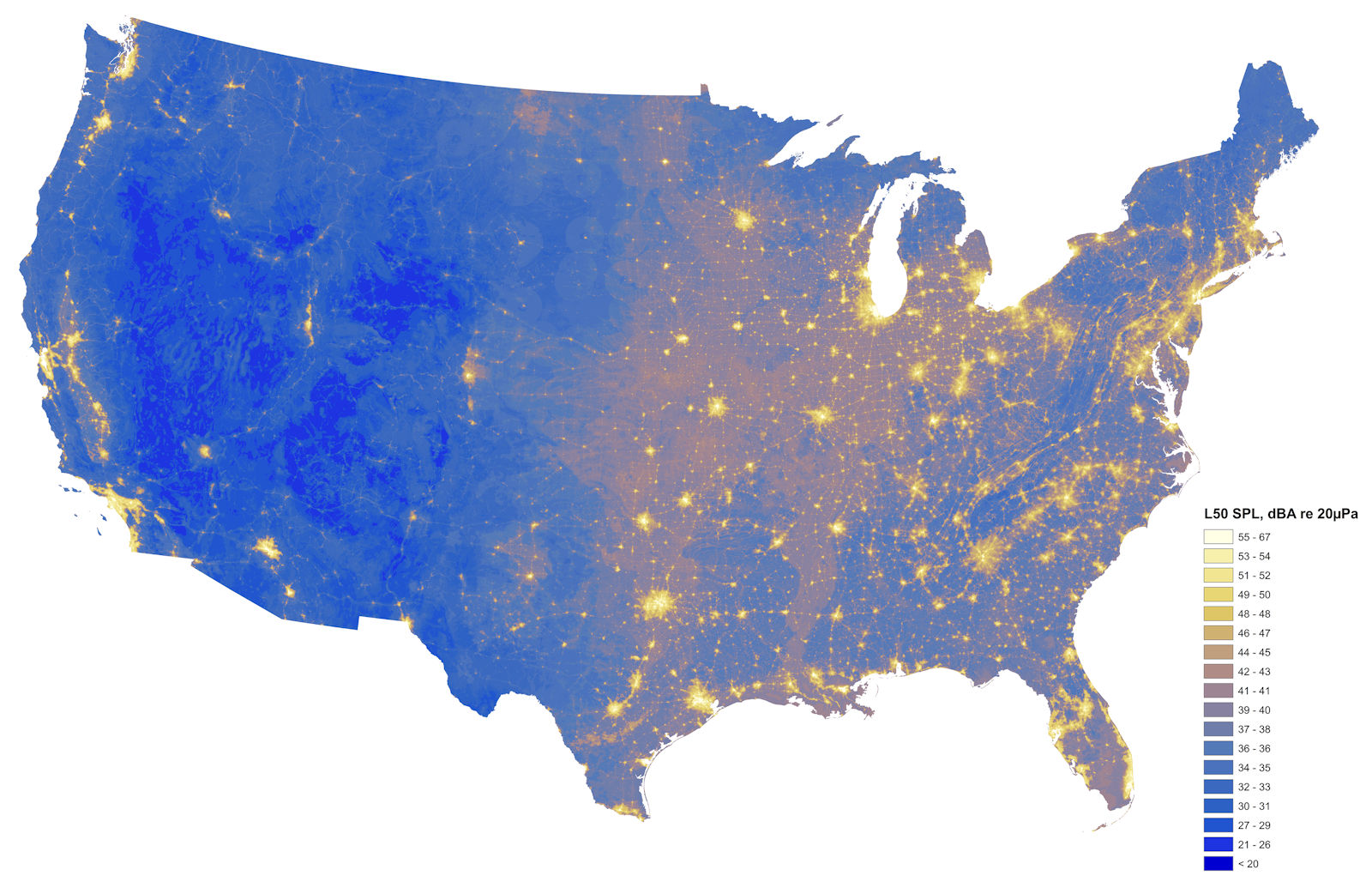
Some very interesting stuff here from the New York Times. The linked National Park Service planning document is also worth reading . . .
For more than a century, the core mission of the National Park Service has been preserving the natural heritage of the United States. But now, as the planet warms, transforming ecosystems, the agency is conceding that its traditional goal of absolute conservation is no longer viable in many cases.
Late last month the service published an 80-page document that lays out new guidance for park managers in the era of climate change. The document, along with two peer-reviewed papers, is essentially a tool kit for the new world. It aims to help park ecologists and managers confront the fact that, increasingly, they must now actively choose what to save, what to shepherd through radical environmental transformation and what will vanish forever.
“The concept of things going back to some historical fixed condition is really just no longer tenable,” said Patty Glick, a senior scientist for climate adaptation at the National Wildlife Federation and one of the lead authors of the document.
